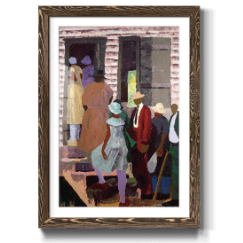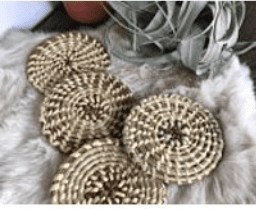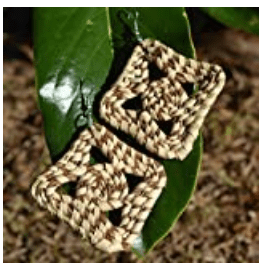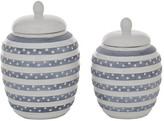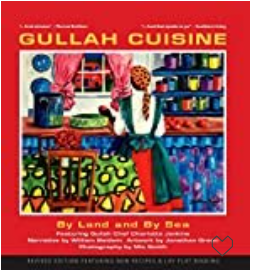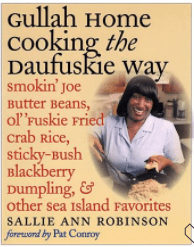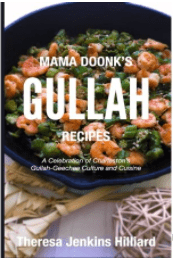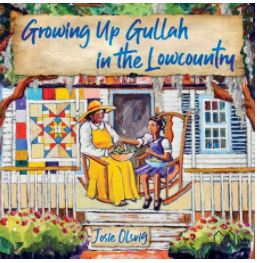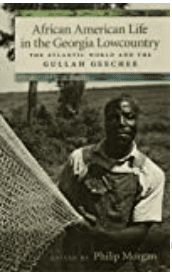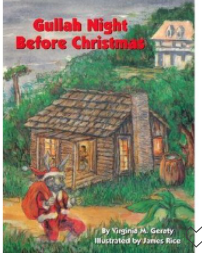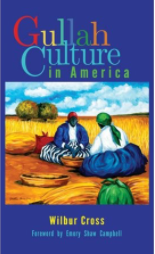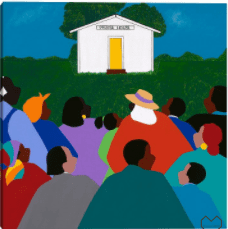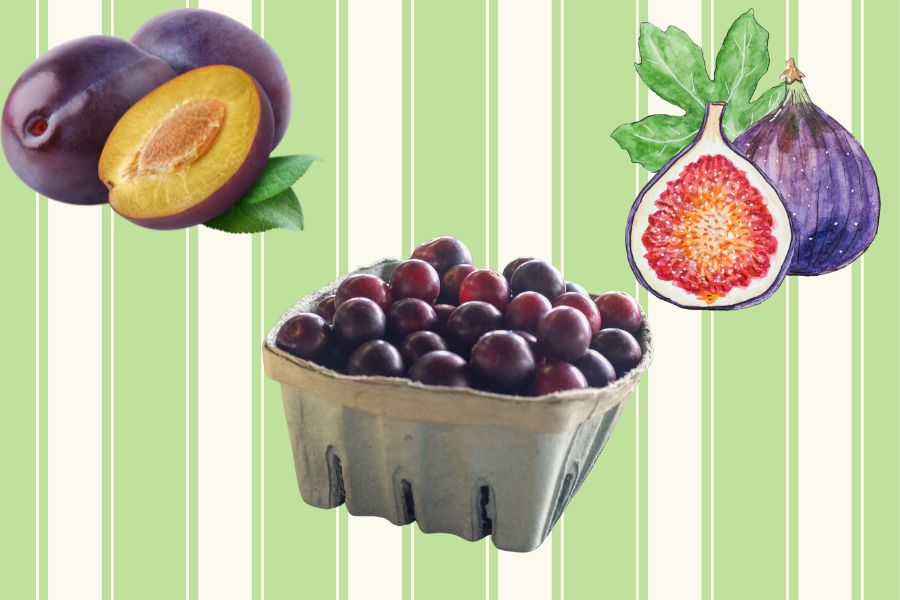
There are some unusual fruits Black southern heritage cooks have known about for years that are often overlooked due to the passage of time, knowledge and location. These are a few of those fruits that can be found in rural areas of the South and in some specialty markets. Some Black heritage cooks continue to use these foods in their recipes. This guide is organized by three randomly selected regions and subregions but it should be noted that these fruits can be found in other regions and subregions with similar climates.
Southern Louisiana
Several years before she passed away, Creole chef and heritage-keeper Leah Chase told Country Roads magazine that she learned to forage the woods as a child. “When we went to pick strawberries we had to walk maybe four or five miles through the woods and you learned what you could eat. You knew you could eat that mayhaw, you could eat muscadines.” Her father’s family owned a strawberry farm in rural Madisonville in Louisiana, and she worked the farm as a child.In another feature, the Queen of Creole Cuisine talked about making jam from the plums that grew on her family’s property.
(Did you know that mayhaw is the official fruit tree for the state of Louisiana?)
Photo: Louisiana Mayhaw Association
Last year, to honor chef Edgar Chase IV and the Chase culinary legacy, chef Hardette Harris added mayhaw jelly to the menu she was tasked to create for the tribute. Because it is tart, mayhaw is best used as a jelly served with a meat protein or sweetened for a citrus substitute as in a mayhaw meringue pie.
Chef Leah was also fond of blackberries and figs. On multiple occasions, she stated that she loved toast made from store bought bread, and she loved it with jam, jelly or preserves. Here is a recipe for her Fig Berry Preserve as found in The Dooky Chase Cookbook.
Lowcountry South Carolina
The immediate past president of the American Culinary Federation (ACF) and pastry chef Kimberly Brock Brown is also a fig lover. The chef’s love for figs dates back to her childhood and eating Fig Newton cookies. Based in the lowcountry, where the Celeste and Brown Turkey varieties are common, Chef Brown offers additional ways to prepare figs for a summer dessert and dish.
She says, “Use a buttery short dough crust, a thin layer of apricot jam, a frangipane batter with fresh figs tossed in allspice and brown sugar arranged on top. Bake it, let it set, and add a little glaze to finish. Served with butter pecan or a caramel swirled vanilla bean ice cream and you have a delicious dessert for family and guests.”
Chef Brown also suggests substituting figs in your tomato pie recipe and adding some crumbled blue cheese for a light summer treat. (She uses Clemson Blue Cheese.)
Did you know that South Carolina is second only to California in peach production? It is South Carolina’s official state fruit. There are several varieties grown in SC but if you’re looking for peaches to dress your desserts and entrees, try these: Gala or cling peaches and white fleshed peaches. The white fleshed peach is great for sangrias and other summer drinks. Peaches are good in a salad as well as a side with a summer green vegetable.
Southern Appalachia
Southern Appalachia is a pretty vast subregion of the South and Appalachia. The pawpaw fruit is generally considered a foraged fruit but its popularity has soared over the years. It has a custard-like flesh that some say tastes like a combination of pineapple, mango and banana. It grows in Virginia, West Virginia, Kentucky, Alabama and in other southern Appalachian regions. It is used as a dessert fruit because of its texture and sweetness. Home cooks use it for baking, smoothies, custards and in homemade ice cream.
Photo: Kentucky State University Pawpaw Program
One of the most impressive aspects of the pawpaw involves the HBCU Kentucky State University’s Pawpaw Program – the only full-time Pawpaw research program in the entire world. Their 12-acre farm has over 2,000 trees from 17 states. Want to try your hand at making pawpaw ice cream? KSU has produced a video containing a pawpaw ice cream recipe. You can find other recipes on their site, including this simple recipe below.
Pawpaw Custard Pie
- 1 c. 2% milk
- 1 c. cream
- 3 eggs
- ¾ c. sugar
- 1 c. pureed pawpaw pulp
Mixing the ingredients as you add them, beat together the milk, cream, eggs, sugar, and pawpaw. Pour the custard into a pie shell and bake at 450o F for 15 minutes, then reduce the heat to 325o F and bake an additional 40 minutes or until a knife inserted near the center of the pie comes out clean.
North Carolina
The oldest living vine of muscadine/scuppernong is located on Roanoke Island, NC. The “Mother Vine” as it is called is over 400 years old. Almost everyone has heard of muscadine wine or scuppernong wine and jellies, but the fruit that resembles a big white fleshed grape is really more versatile in terms of culinary offerings. (You can read more about them here: Black Southern Belle.)
Photo: North Carolina Muscadine Association
Scuppernong (the larger muscadine) and muscadine pair well with garlic, onion, scallion and other savory herbs and veggies. This recipe for Muscadine Drunken Chicken is adaptable for all seasons, but served with grilled chicken (or cooked on your grill) and summer vegetables, it could be a winner on a hot day.
Drunken Chicken with Muscadine Grapes
Ingredients
- 1 chicken (4 ½ – 5 pounds), cut into 10 serving pieces
- 1 1/2 tsp salt
- 1/2 tsp. freshly ground black pepper
- 2 Tbsp. extra virgin olive oil
- 5 cups thinly sliced Vidalia onion
- 3 large garlic cloves, thinly sliced
- 2 Tbsp. Dijon mustard
- 1 bay leaf
- 1/2 tsp. red pepper flakes
- 1 cup white wine (muscadine or other)
- 3 cups Muscadine grapes, halved and seeded (along with any skins that slip off)
- 1/4 cup chopped flat-leaf parsley (leaves and tender stems)
Directions
- Pat the chicken dry with paper towels: season with the salt and pepper.
- In a large Dutch oven, heat the oil over medium-high heat; working in batches, brown the chicken pieces on all sides and transfer them to a platter; discard all but 1 tablespoon of the oil left in the pan.
- Add the onions to the pan and cook for 4 to 5 minutes, stirring occasionally, until soft.
- Add the garlic, mustard, bay leaf, and red pepper flakes and cook, stirring, for 30 seconds or until the garlic is fragrant.
- Add the wine and deglaze by scraping the bottom of the pan; bring to a boil.
- Return the chicken and all of the juices that have collected on the bottom of the platter to the pan.
- Cover, reduce the heat to low, and simmer for 15 minutes.
- Add the grapes and skins and stir well; cover and simmer for 25 minutes, or until the chicken is cooked through and the juices run clear when the chicken is pierced with a fork.
- Taste the sauce and adjust the salt and pepper.
- Transfer the stew to a serving platter and sprinkle with parsley. Serve immediately. Serves 6.
Want more muscadine recipes? Visit the NC Muscadine Association’s recipe page for a large selection, including the Drunken Chicken recipe above.
.



